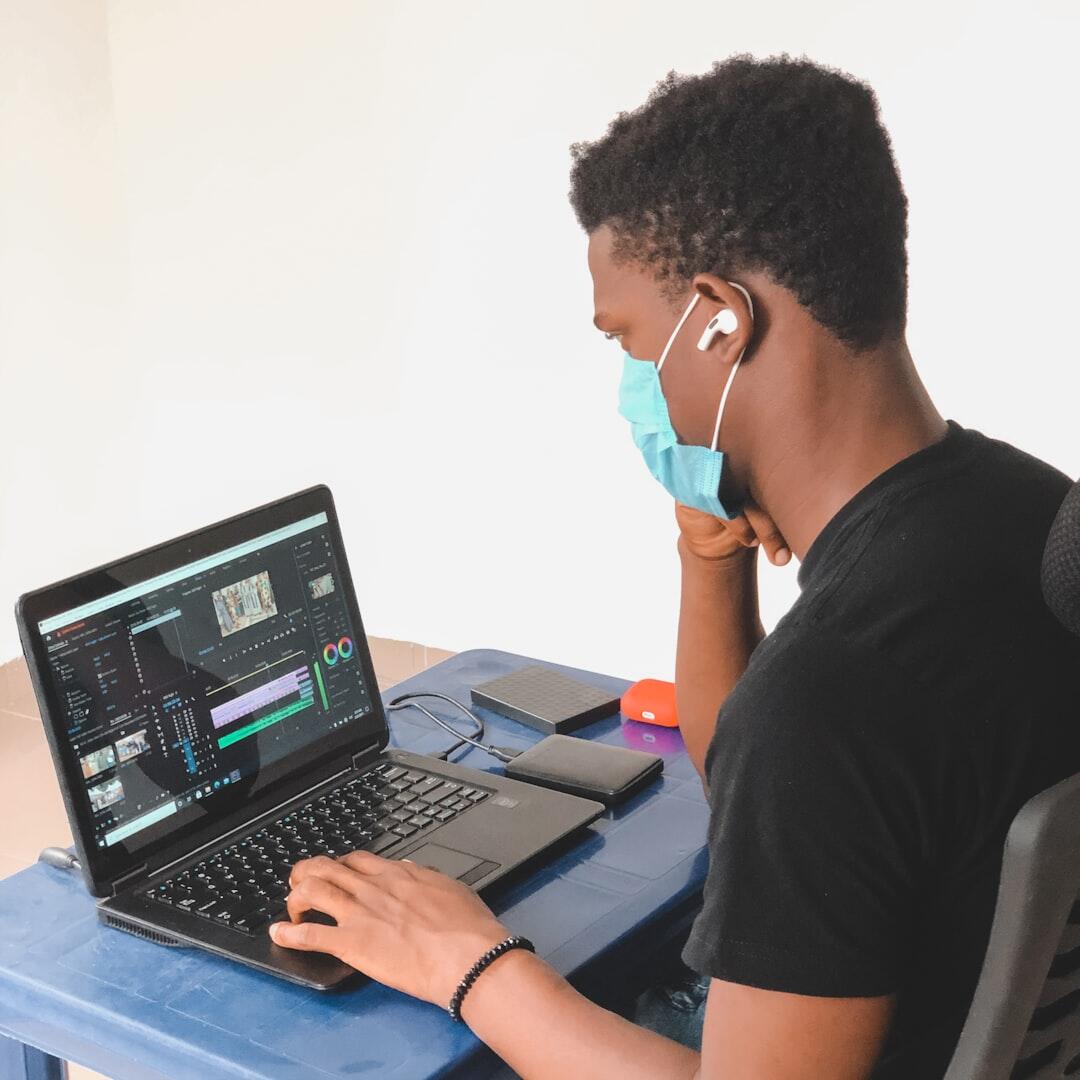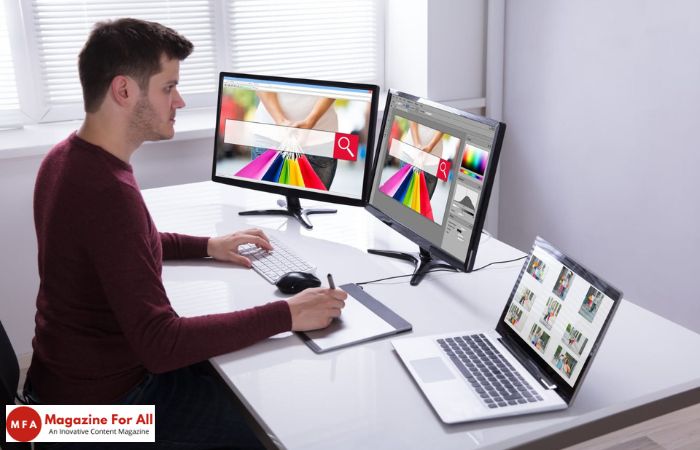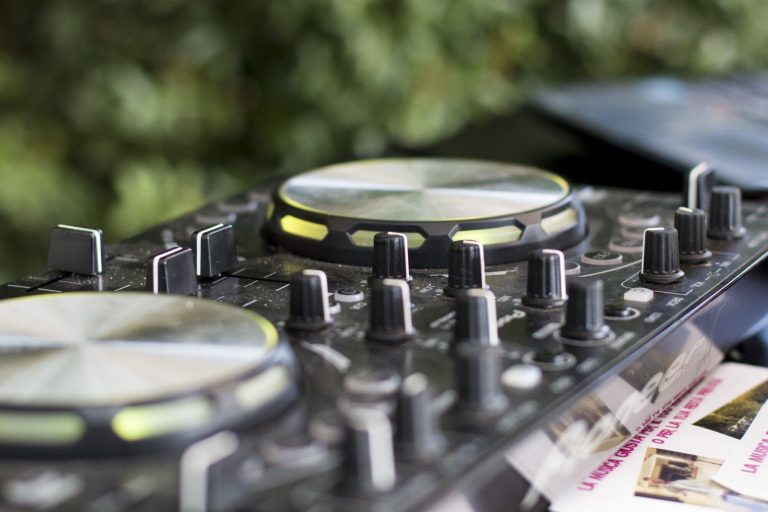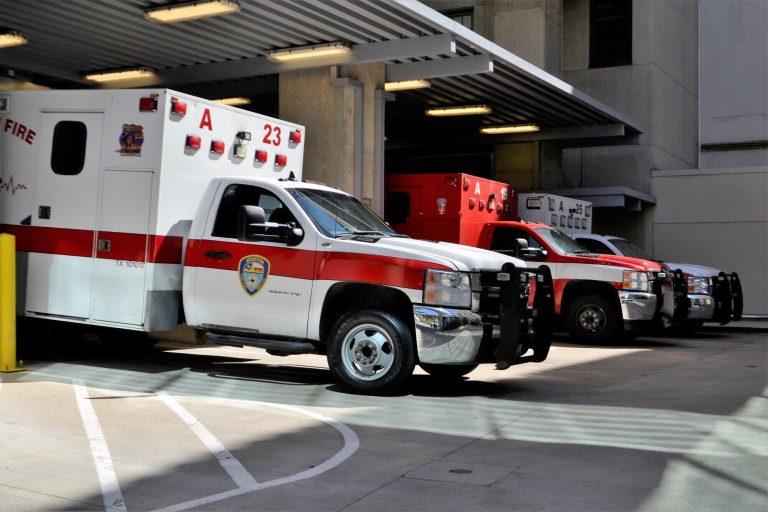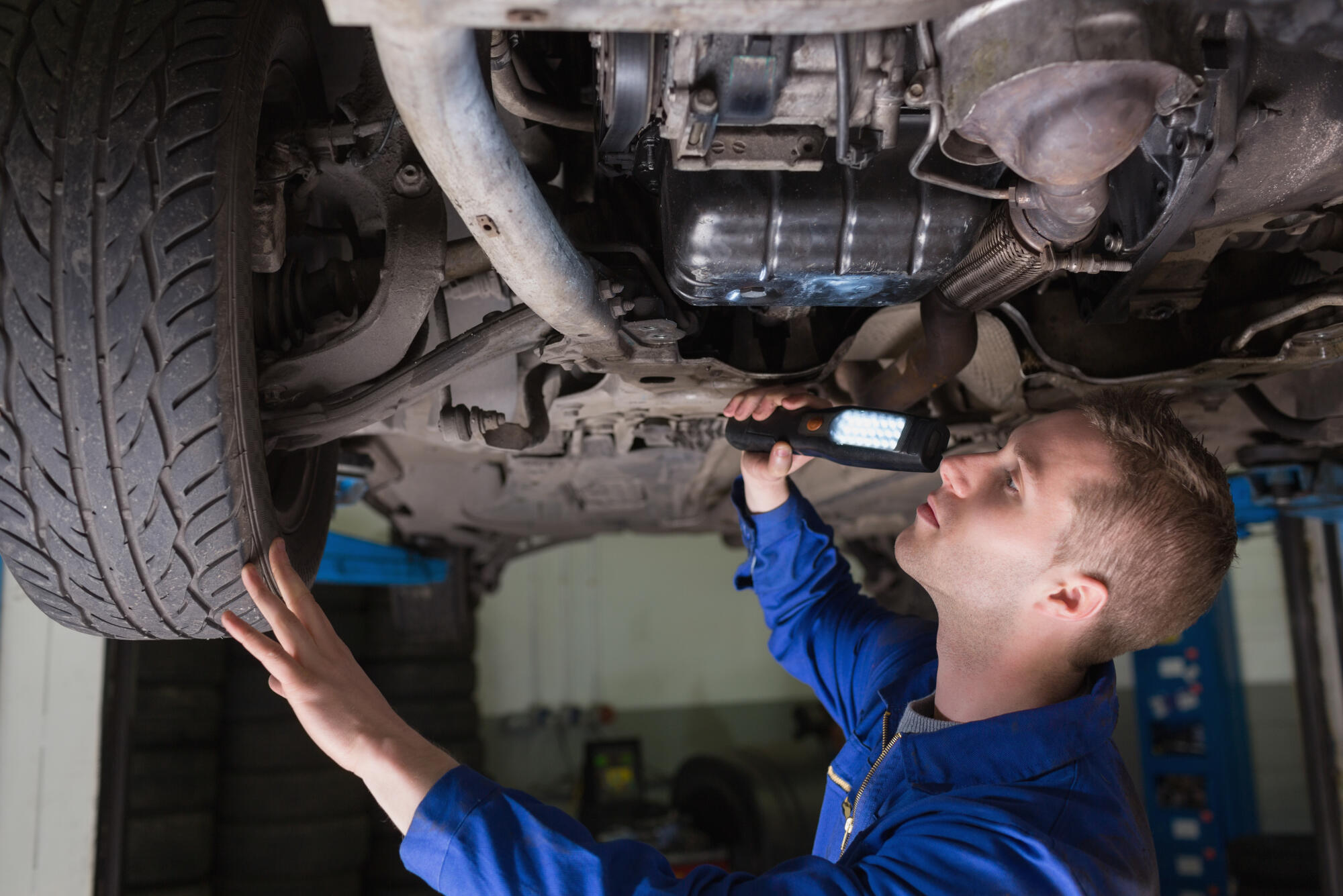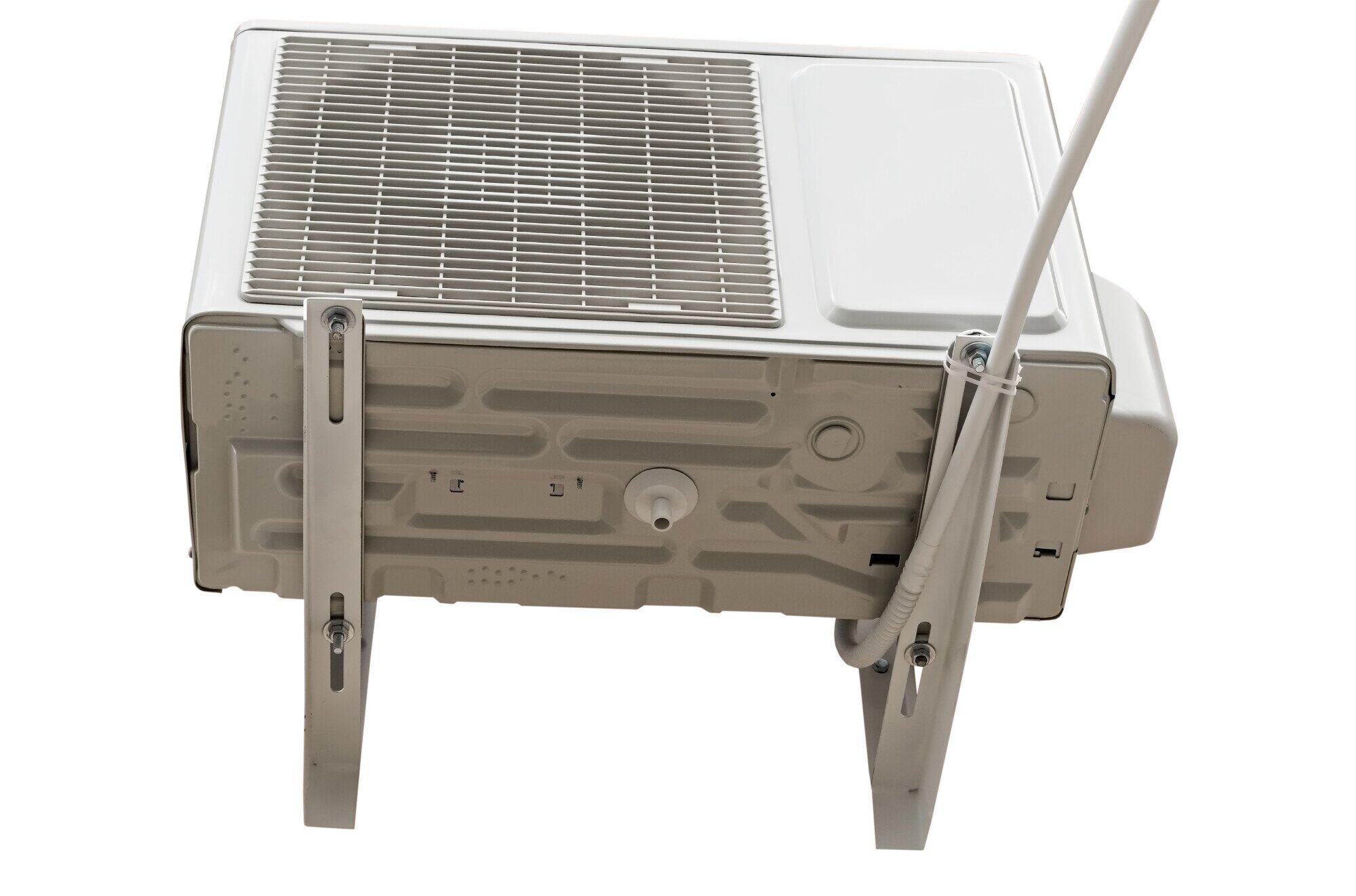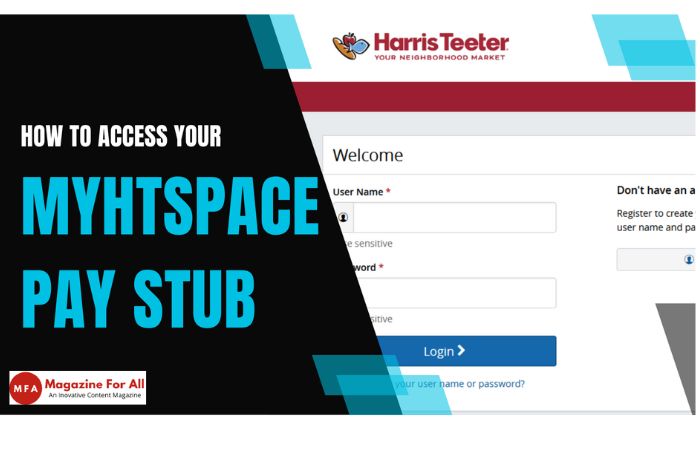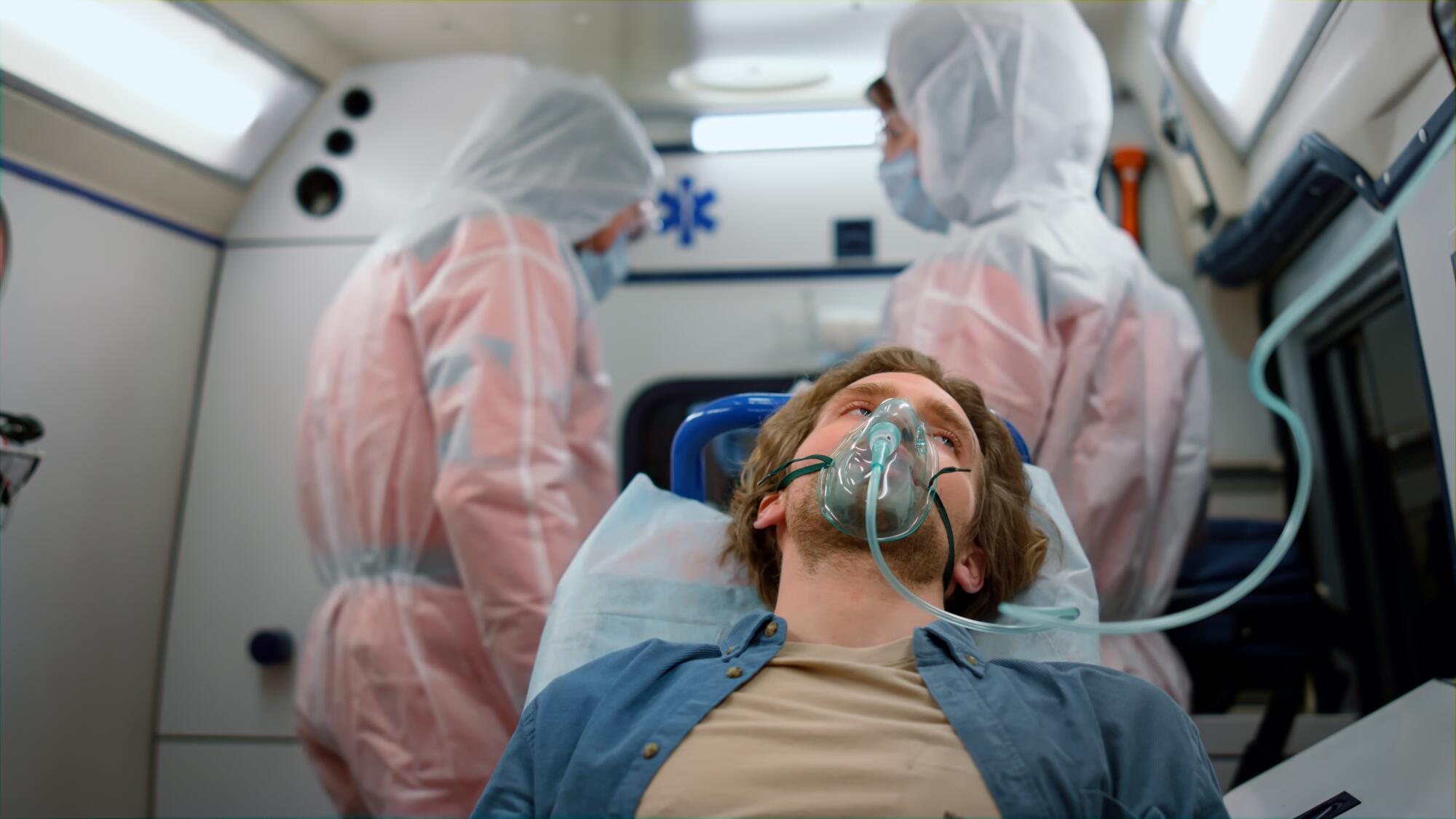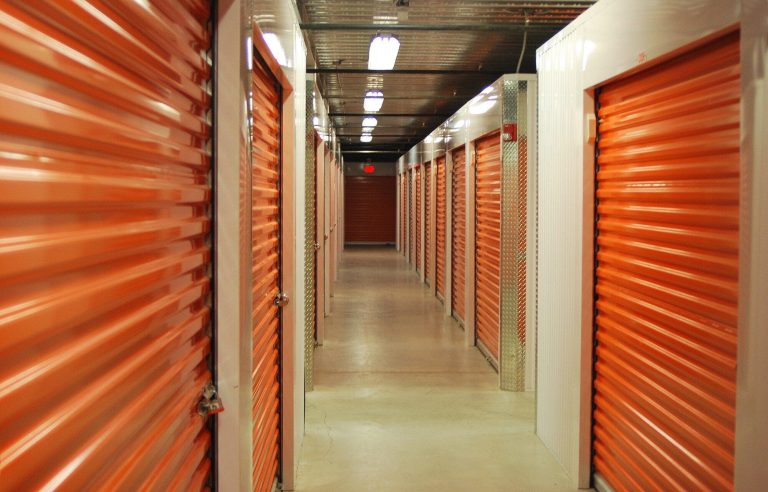Every healthcare facility relies on precision, safety, and efficiency to provide the best patient care. But what happens when vital equipment like MRI machines, ventilators, or surgical tools need to be moved? The process can feel overwhelming-one mistake could risk both safety and costly assets.
The good news is that moving medical equipment doesn’t have to be stressful. With a good plan, proper protection, and expert help, facilities can move even complex equipment safely. This guide shows the main strategies to protect your investment and staff. It also helps ensure care continues without interruption.
Table of Contents
Plan Ahead for Safety and Efficiency
Moving medical equipment needs careful planning, not just lifting. Make a checklist of each device’s size, weight, and handling needs. A trusted healthcare moving service ensures equipment is handled safely.
Protecting equipment is very important. Use padded crates, shock-absorbing materials, and moisture barriers to prevent damage. Moving equipment during quiet hours with good planning keeps things on time and patient care running smoothly.
Protect Sensitive and High-Value Devices
Medical devices are fragile and expensive, so they need careful protection. Imaging machines, dialysis units, and surgical tools should be packed in padded, safe crates. Wrapping them also keeps out scratches, dust, and moisture.
Labeling and professional help make moving safer. Tags like “fragile” remind movers to be gentle. Many facilities hire trained movers to pack, transport, and set up equipment safely, saving time and protecting devices.
Rely on Professional Expertise
Moving medical equipment often needs special training and certification. Professional movers have the right tools and vehicles for heavy or delicate items. They also follow strict safety steps to protect both staff and patients.
Experts can also handle tasks like disassembly, reinstallation, and calibration. This makes sure the equipment is ready to use right after the move. Hiring professionals saves time and helps protect your investment.
Factor in Compliance and Documentation
Healthcare facilities operate under strict regulations, and equipment handling is no exception. Before moving, review manufacturer guidelines and compliance requirements for each device. Some equipment may need to be powered down or sterilized before relocation.
Documentation plays a vital role in this process. Keeping detailed records of serial numbers, service histories, and condition reports ensures accountability. These records can also support insurance claims if damage occurs during the move. For more details on compliance standards, you can explore resources from OSHA to ensure safety regulations are met.
Ensure a Smooth Transition After the Move
Once medical equipment is moved, it must be tested, calibrated, and updated before use. Technicians on-site help with setup, while staff need clear guidance on new layouts to avoid confusion. Proper orientation and planning reduce downtime and speed up a full return to operations.
Safe and Efficient Medical Equipment Moves
Moving medical equipment requires careful planning and expert handling. From checklists to securing fragile devices, each step ensures safety for both patients and staff. With the right process, even complex equipment can be relocated without problems.
Want a smooth and secure move? Contact an expert today, and explore our blog for more guides that help protect your healthcare operations.




